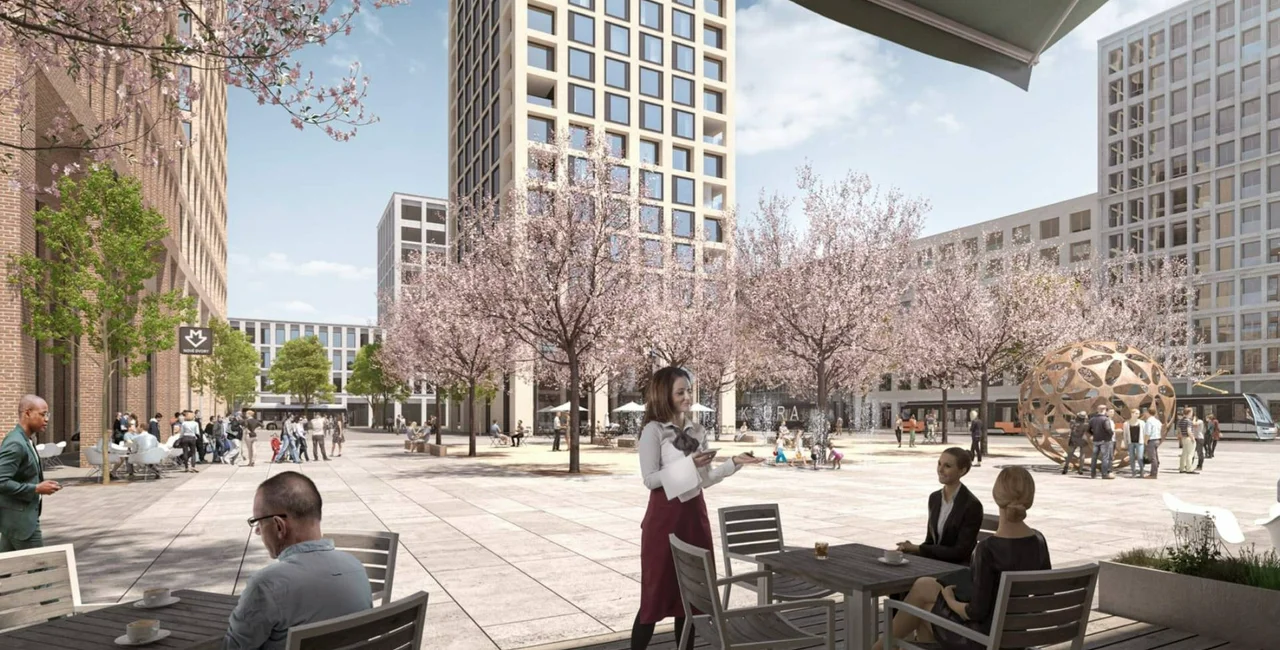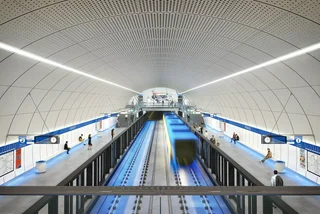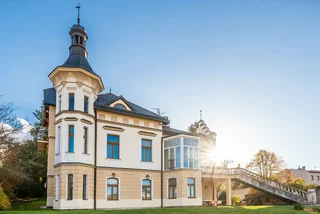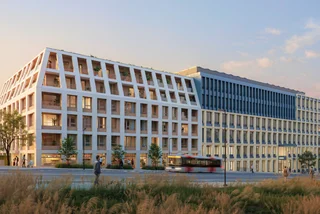Prague City Hall is planning to develop new neighborhoods for thousands of people near the stops that will be served by the metro D line, which is currently under construction.
The city is currently facing a housing crisis, and projects in the vicinity of the future metro stations have the potential to help alleviate this problem. Over 6,000 apartments will be created near metro D stops. Some flats will remain with the city and will serve as affordable housing. “Of course, there are new parks, squares, shops, and also a polyclinic, a school and a kindergarten,” Ondřej Boháč, director of the Prague Institute of Planning and Development (IPR Praha), said in a press release.
Metro D, which will connect the southern part of Prague with the center, is currently the most important infrastructure project in Prague, he added.

IPR Praha was in charge of the territorial study of the area. Locations near the planned stations at Nádraží Krč and Nemocnice Krč will get a new look, and almost entire new neighborhoods will be created near the Nové Dvory and Libuš stops.
The largest of the projects in terms of new flats created is in the area of the Nové Dvory stop. It will have 2,400 new flats on 49 hectares. Some 2,000 of these flats will be owned by the city. There will also be an elementary school, two kindergartens, a cultural center, clinic, facilities for the elderly, post office, shops, sports facilities and services. A new tram line will also connect to the new neighborhood.

The development around Nemocnice Krč will cover 16 hectares and have 1,400 apartments plus shops and a clinic. The planned development for Libuš will have slightly fewer flats, some 1,300 flats, but on a larger area of 47 hectares. It will also include a supermarket, shops, post office, medical office, pharmacy, kindergarten, and cultural center. Around the Písnice stop there will be 1,100 new flats on 72 hectares. This development will also have a town hall, shops, square, park, and post office.
Near Nádraží Krč on an area of six hectares there will be three new administrative buildings plus a hotel, shops, restaurants, offices, and a cafe. No new flats are planned for this area. The Nádraží Krč metro station is located in a park with a pond. A new train station with other transportation connections and a park and ride (P+R) lot will also be created.

Each project is separate and has different planned completion dates, ranging between 2030 and 2038. The first trains should run on the metro D line in 2029.
Prague Deputy Mayor Petr Hlaváček, responsible for territorial development, said the metro line was a strong impulse for urban development to occur around the stations. Without the creation of new neighborhoods, such a huge infrastructure investment would not make sense, he said.
The new neighborhoods should be part a ‘city of short distances,’ where everything someone needs is withing walking distance. “At the same time you can comfortably and quickly get to where you need to be in the city without having to step on the [gas] pedals,” Hlaváček said.

People already living in the area don’t need to be concerned about unrestricted development, he added. “Together with land owners, we prepared urban and territorial studies and changes to the zoning plan so that the new neighborhoods were in line with the surrounding buildings,” he said.
He also said that there is an opportunity to show that Prague can build similarly to, say, Hamburg, where a new neighborhood called HafenCity is being built in a former industrial area.

“Where we own land, which is Nové Dvory in particular, the new development will be completely under our control," Hlaváček said.
Deputy Mayor Adam Scheinherr, responsible for transport, said that four years ago, the city was in a situation where there were no permits or settled property agreements with the land owners.
“Thanks to the fact that we have started working with the owners of each future D metro station, we are now in a situation where the main construction of the first station has been running successfully for several months,” Scheinherr said. Construction of the first section, running Pankrác and Olbrachtova, started on April 21, 2022.

During the negotiations with the land owners, the City Hall representatives began to consider that not only the metro stations should be built. “Their surroundings should develop hand in hand with quality services, space for leisure time, and new apartments for the citizens of Prague,” Scheinherr said.
Metro D, when completed, will have 10 stations between Náměstí Míru and Depo Písnice. Plans for a fourth metro line go all the way back to the 1980s, when the original three lines were being built. The line will be different from the existing ones because it will rely on driverless trains. it was originally supposed to go into operation this year, but the project has faced numerous setbacks and delays.












 Reading time: 4 minutes
Reading time: 4 minutes 




























